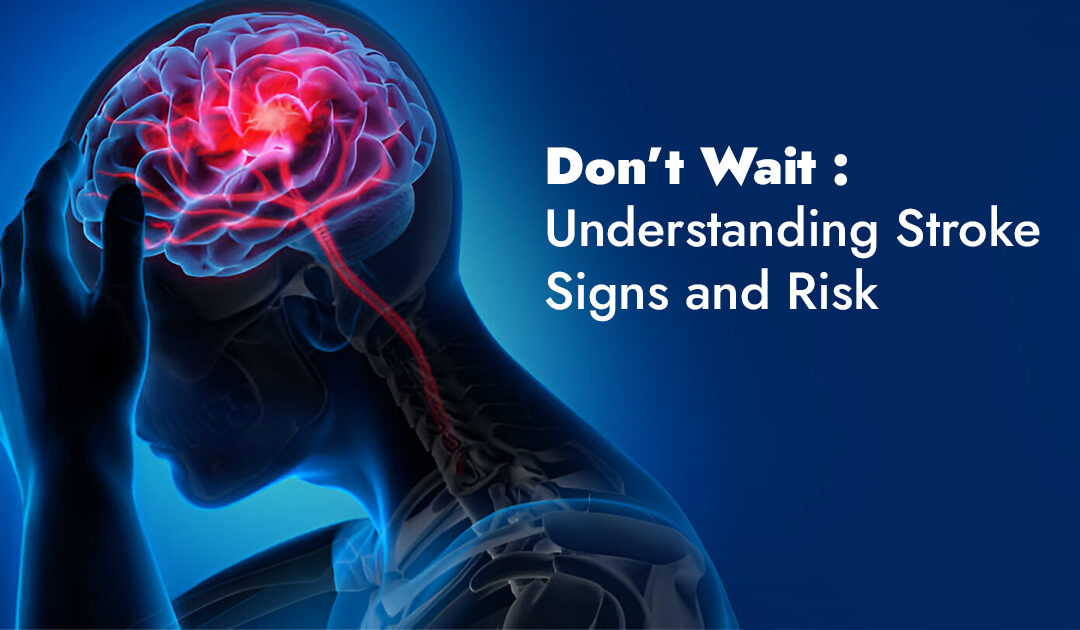Stroke is a serious health issue that can change lives in an instant. Picture this: you’re enjoying a sunny afternoon, and suddenly someone you love starts to slur their words or can’t raise one side of their face. This is a stroke, and it happens when blood flow to the brain is interrupted. Without quick action, the consequences can be devastating. Let’s dive into what you need to know about strokes—the signs, risks, and how recovery works.
What Exactly is a Stroke?
Strokes fall into two main categories: ischemic and hemorrhagic. An ischemic stroke occurs when a blood clot blocks a blood vessel in the brain. It’s like a traffic jam in your bloodstream. On the flip side, a hemorrhagic stroke happens when a blood vessel bursts, spilling blood into the brain. Both types are serious and require immediate medical attention. The faster someone gets help, the better their chances of recovery.
Spotting the Signs
Recognizing the signs of a stroke can literally save a life. Here’s a simple way to remember the key symptoms—just think of the acronym F.A.S.T.:
- Face Drooping: Does one side of the face look different? Ask the person to smile. If one side droops, that’s a warning sign.
- Arm Weakness: Have them raise both arms. If one arm starts to drift down, that’s a red flag.
- Speech Difficulty: Listen closely. Is their speech slurred or hard to understand? Ask them to repeat a simple phrase. If it’s not right, time to act.
- Time to Call Emergency Services: If you see any of these signs, don’t wait. Call for help immediately. Every minute counts.
Other symptoms can include sudden confusion, trouble seeing, or a severe headache with no known cause. If you notice any of these, get help fast.
Who’s at Risk?
Certain factors can increase the chances of having a stroke. Some of these are out of our control, while others can be managed:
- High Blood Pressure: This is the leading cause of strokes. Regular check-ups can help monitor it.
- Diabetes: Managing blood sugar is crucial since diabetes raises stroke risk.
- Heart Disease: Conditions like atrial fibrillation can increase your chances of having a stroke.
- Smoking: We all know smoking is bad for health. It damages blood vessels and leads to clots.
- Obesity: Being overweight increases the risk of high blood pressure and diabetes, both of which raise stroke risk.
- Age and Family History: As we age, our risk goes up. If strokes run in your family, it’s time to be proactive.
While you can’t change some factors, many can be controlled through healthy lifestyle choices.
Preventing a Stroke
Preventing a stroke is possible! Here are some practical steps you can take:
- Eat Healthy: Fill your plate with fruits, veggies, and whole grains. Try to cut back on salt, sugar, and unhealthy fats. Your body will thank you.
- Stay Active: Aim for at least 150 minutes of moderate exercise each week. Walking, swimming, or dancing—whatever gets you moving!
- Maintain a Healthy Weight: Even losing a little weight can help reduce your stroke risk.
- Limit Alcohol: If you drink, do so in moderation. Too much alcohol can raise blood pressure.
- Quit Smoking: If you smoke, now is the time to quit. There’s plenty of support out there to help.
Keep in mind, regular check-ups are important. Discuss any risks with your doctor and get personalized advice.
Life After a Stroke
Recovering from a stroke can be a long and challenging journey. The extent of recovery often depends on how quickly treatment was received and the stroke’s severity. Rehabilitation usually includes physical, occupational, and speech therapy.
Having support from family and friends is crucial during recovery. Many survivors find that talking to others who’ve been through a stroke helps them cope. Consider joining a support group—it’s a great way to connect with others who understand your journey.
Stroke is a serious condition, but being aware and taking proactive steps can often prevent it. Recognizing the signs and knowing your risk factors are essential. Remember F.A.S.T., and don’t hesitate to call for help if you notice any symptoms.
Stay informed and encourage your loved ones to do the same. Your actions can make a real difference in reducing the risk of stroke for you and those around you. After all, health is a journey we all share. Let’s take care of each other.

